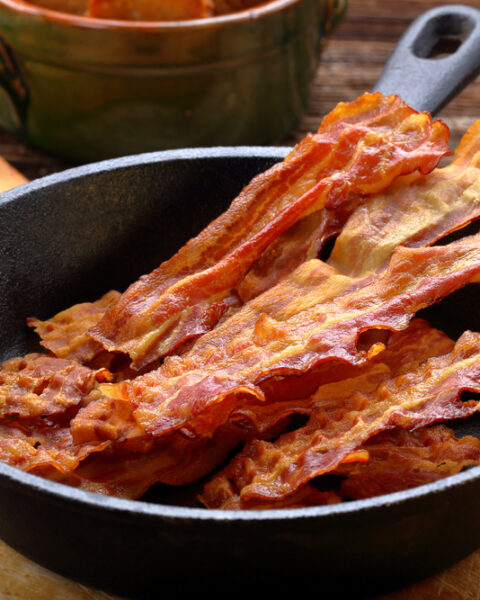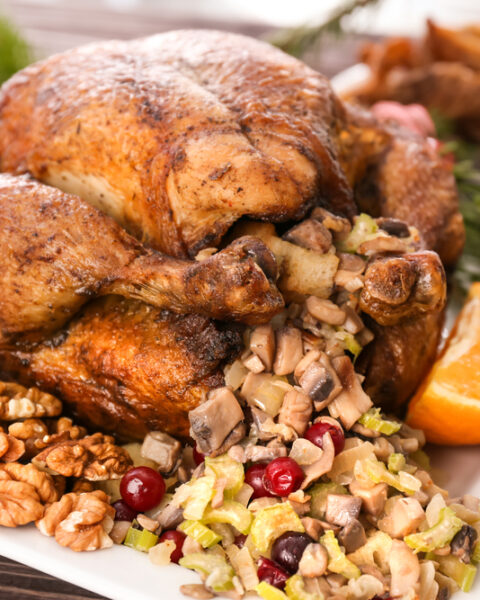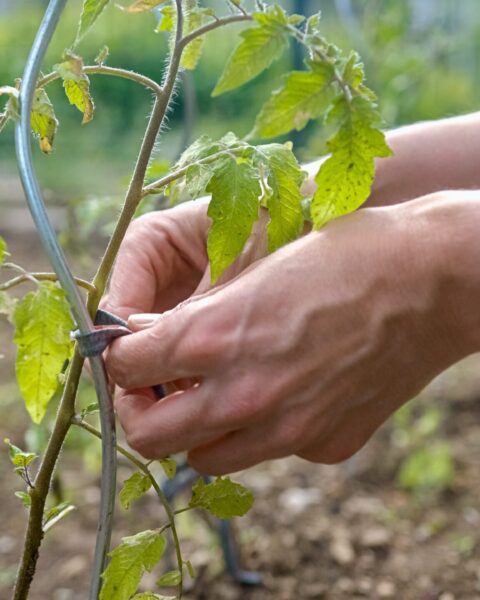Wine has long been celebrated as a drink of refinement and tradition, with certain regions around the world standing out as the epicenters of the finest wine production. From the rolling hills of France to the sun-soaked vineyards of California, these celebrated wine regions offer not only exceptional wines but also deep-rooted histories that have shaped the industry. Whether you’re a casual enthusiast or a seasoned connoisseur, exploring these regions provides a glimpse into the craftsmanship, terroir, and passion that make each bottle unique. In this article, we’ll explore the 10 most celebrated wine regions worldwide, highlighting their distinct characteristics, key grape varieties, and the wines that have earned them global recognition.
Contents
- 1 Bordeaux, France
- 2 Napa Valley, California, USA
- 3 Champagne, France
- 4 Maipo Valley, Chile
- 5 Mendoza, Argentina
- 6 Barossa Valley, Australia
- 7 Burgundy, France
- 8 Willamette Valley, Oregon, USA
- 9 Rioja, Spain
- 10 Tuscany, Italy
- 11 More From RetailShout
- 12 10 Must-Have German Week Finds at Aldi for Under $5
- 13 Top 8 High-Protein Snacks You Can Find at Trader Joe’s
Bordeaux, France
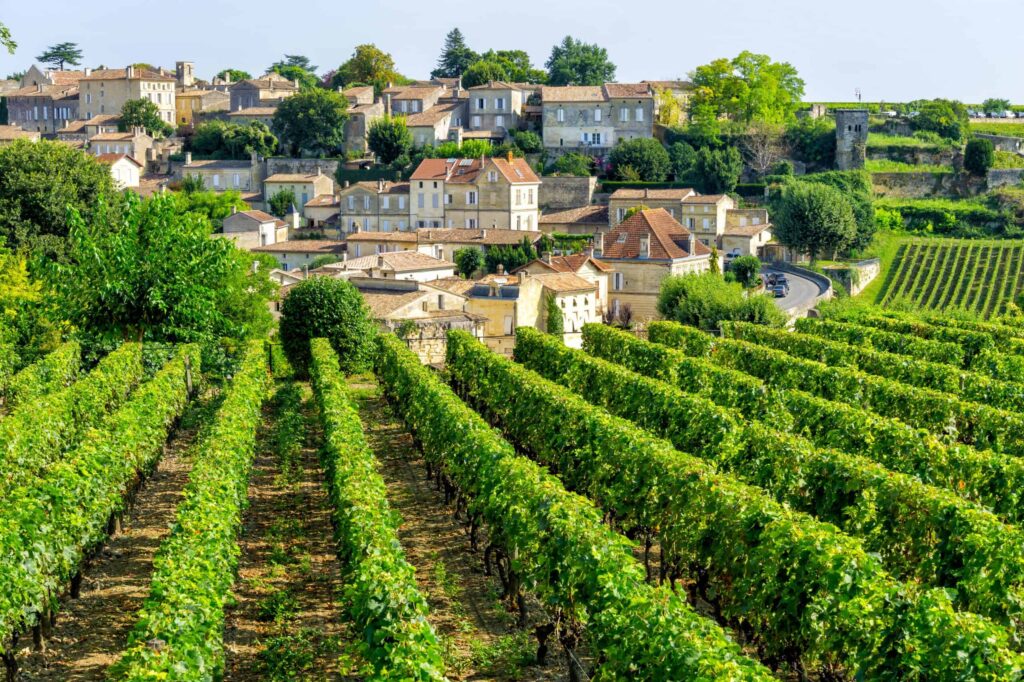
Bordeaux stands as a monumental figure in the world of wine. Located in southwestern France, it is renowned for producing some of the finest red wines globally. The region’s climate and terroir (which is the unique combination of soil, climate, and environment that gives wine its distinctive flavors) are ideal for cultivating grape varieties like Merlot, Cabernet Sauvignon, and Cabernet Franc. Bordeaux’s classification system, established in 1855, categorizes estates into five growths, with names like Château Lafite Rothschild and Château Margaux epitomizing luxury and quality. The region’s wines are celebrated for their depth, complexity, and aging potential.
Napa Valley, California, USA
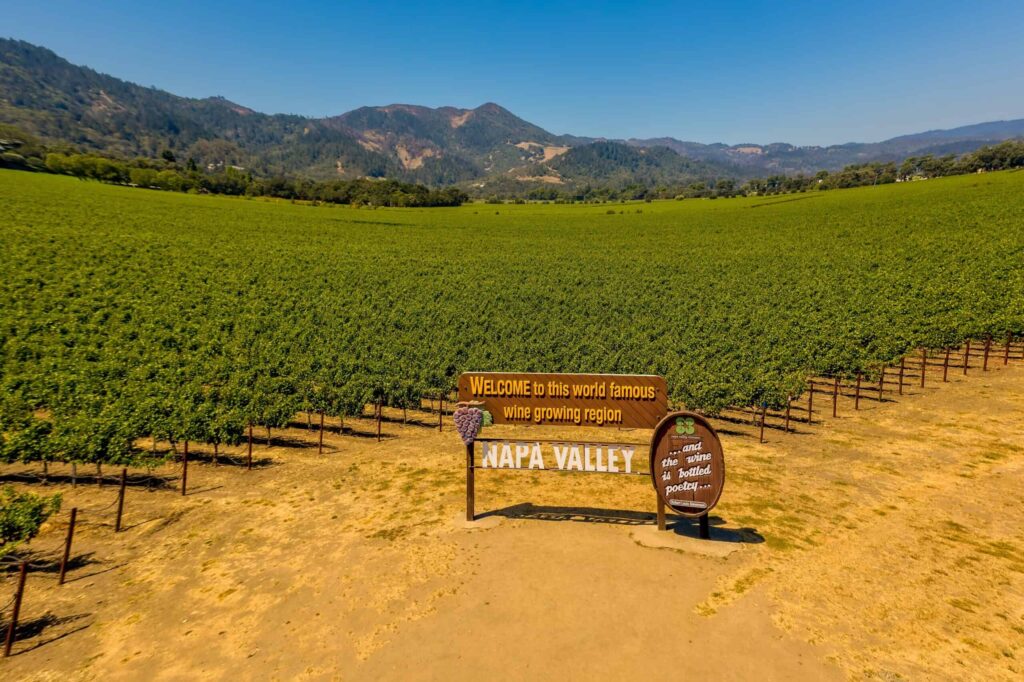
Napa Valley has emerged as a premier wine destination in the United States, known for its exceptional Cabernet Sauvignon and Chardonnay. The valley’s diverse microclimates, ranging from the cooler Carneros region to the warmer Stags Leap District, allow for a wide variety of wine styles. Napa’s commitment to quality is evident in its rigorous wine regulations and the prevalence of estate-grown wines. The region’s scenic vineyards and innovative winemaking techniques continue to attract wine enthusiasts and collectors worldwide.
Champagne, France

Champagne is synonymous with celebration and luxury. Located in northeastern France, this region is the sole producer of the sparkling wine known as Champagne. The unique combination of chalky soils, cool climate, and traditional production methods, including secondary fermentation in the bottle, imparts the wine with its signature effervescence and complexity. Champagne houses like Moët & Chandon and Dom Pérignon have become global symbols of excellence and prestige.
Maipo Valley, Chile
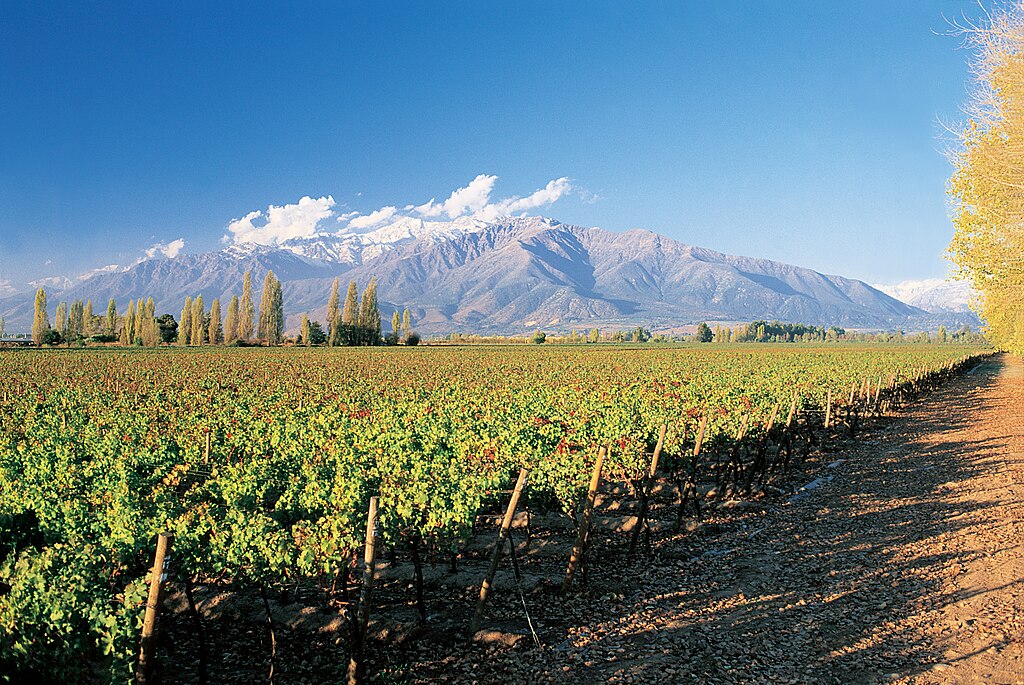
Maipo Valley is Chile’s oldest and most prestigious wine region, situated near the capital, Santiago. The valley’s Mediterranean climate and proximity to the Andes Mountains create ideal conditions for growing Cabernet Sauvignon, the region’s flagship grape. Maipo’s wines are known for their structure, balance, and aging potential. The region’s rich winemaking heritage, combined with modern techniques, positions Maipo as a significant contributor to Chile’s global wine presence.
Mendoza, Argentina

Mendoza, situated at the foothills of the Andes Mountains, is Argentina’s most significant wine-producing region. The high-altitude vineyards benefit from intense sunlight and cool nights, ideal conditions for growing Malbec, the region’s flagship grape. Mendoza’s wines are characterized by their rich flavors, deep color, and smooth tannins. The region’s rapid development, coupled with its innovative winemaking practices, has garnered international acclaim and positioned Mendoza as a key player in the global wine market.
Barossa Valley, Australia
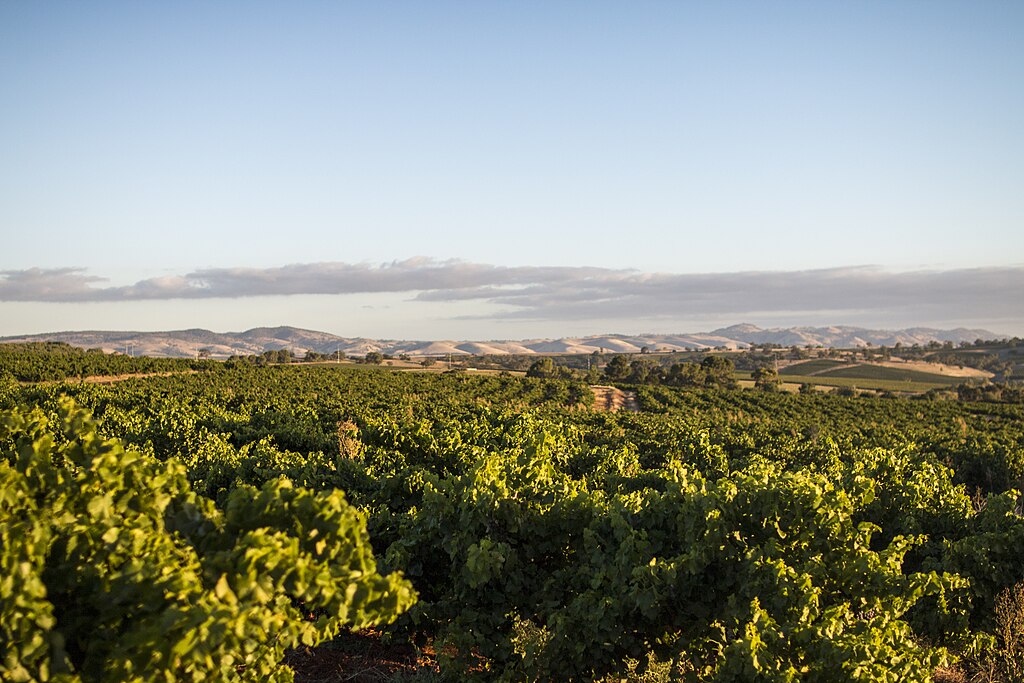
Barossa Valley is Australia’s most celebrated wine region, particularly famed for its Shiraz. The region’s warm climate and old vines produce wines with bold flavors and rich textures. Barossa’s winemaking history dates back to the early 19th century, and its commitment to quality is evident in the numerous family-owned wineries that continue to thrive. The region’s wines are known for their depth, complexity, and ability to age gracefully.
Burgundy, France
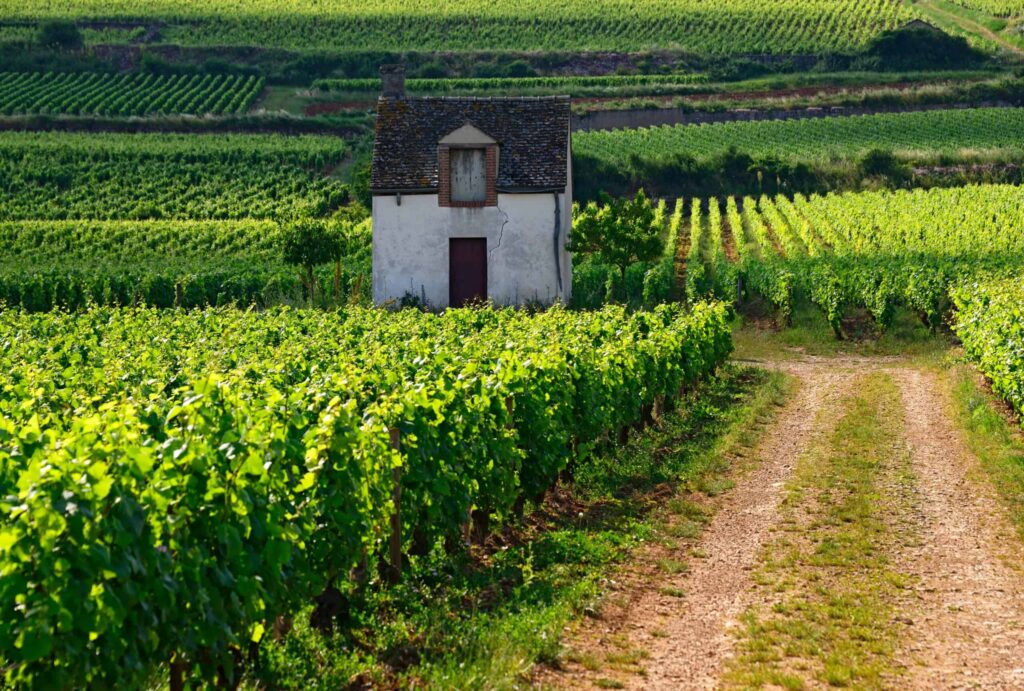
Burgundy is a region where terroir takes center stage. Known for its Pinot Noir and Chardonnay, Burgundy’s vineyards are meticulously divided into small plots, each with its unique soil composition and microclimate. The region’s classification system, which includes Grand Cru, Premier Cru, and Village wines, emphasizes the importance of specific vineyard sites. Burgundy’s wines are revered for their elegance, subtlety, and ability to express the nuances of their origin.
Willamette Valley, Oregon, USA
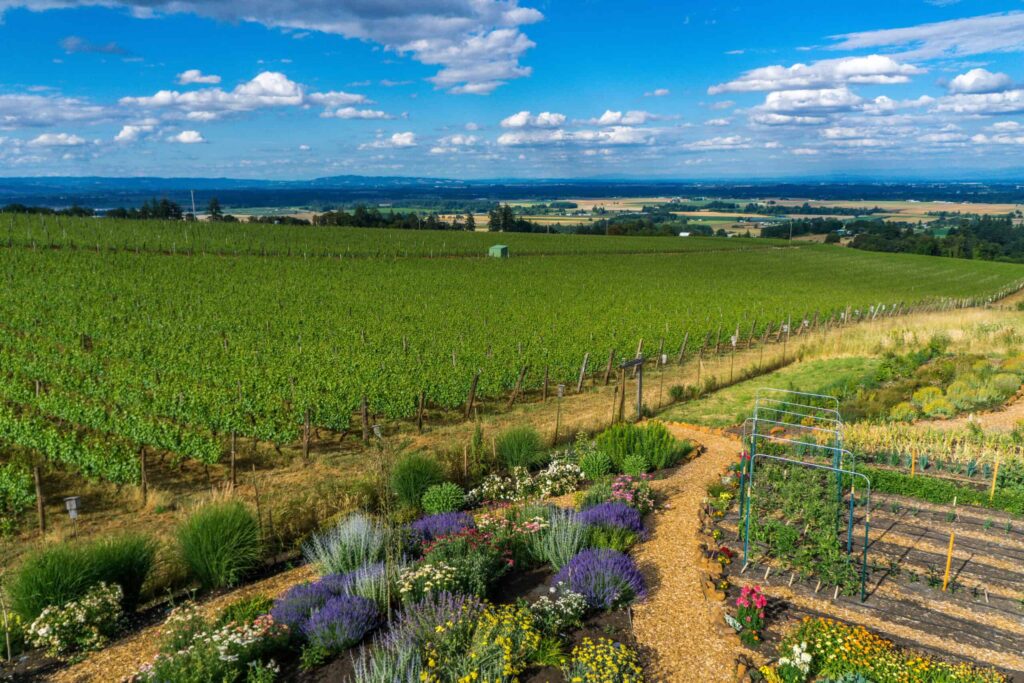
Willamette Valley has gained recognition for its exceptional Pinot Noir, benefiting from a cool climate and diverse soils. The region’s commitment to sustainable farming practices and small-lot winemaking has led to a reputation for producing wines that are both expressive and refined. Willamette Valley’s scenic vineyards and emphasis on quality over quantity attract wine enthusiasts seeking distinctive and artisanal wines.
Rioja, Spain
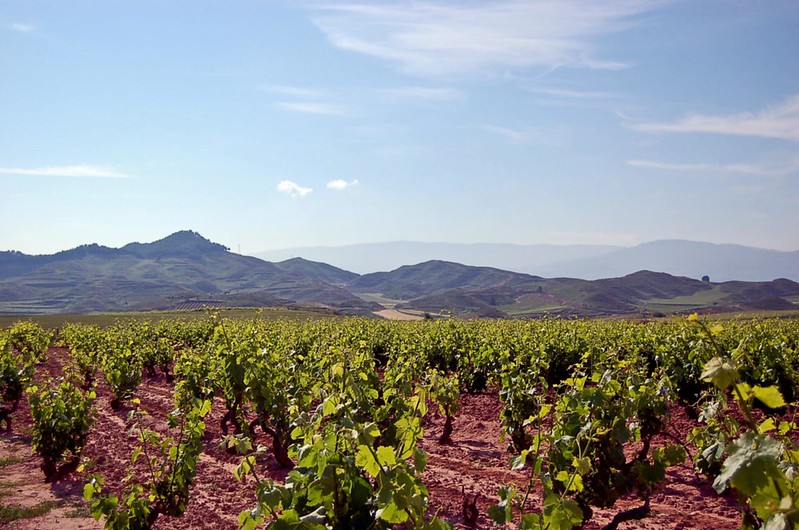
Rioja is Spain’s most renowned wine region, celebrated for its Tempranillo-based reds that balance fruitiness with earthy complexity. Divided into three sub-regions—Rioja Alta, Rioja Alavesa, and Rioja Oriental—the area offers a range of styles, from traditional oak-aged wines to modern, fruit-forward expressions. Rioja’s commitment to quality is reflected in its Denominación de Origen Calificada (DOCa) status, the highest classification in Spain’s wine regulatory system.
Tuscany, Italy
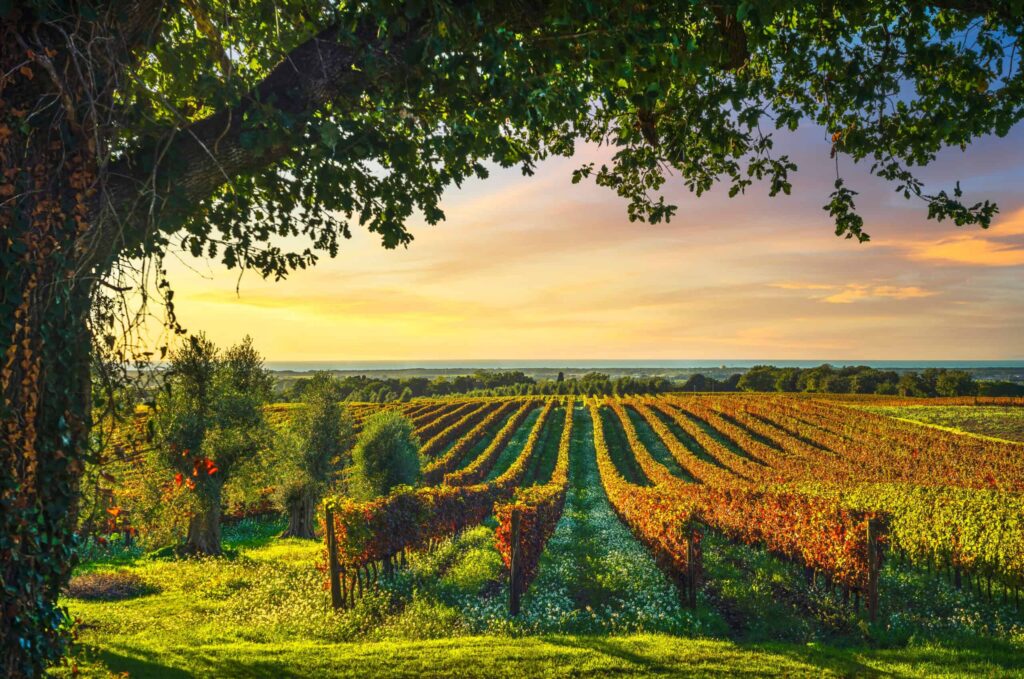
Tuscany offers a rich tapestry of wines, from the iconic Chianti Classico to the esteemed Brunello di Montalcino. The region’s Sangiovese grape thrives in its rolling hills and Mediterranean climate, producing wines that are both expressive and age-worthy. Tuscany’s winemaking traditions date back to the Etruscans, and today, both traditional and modern producers coexist, offering a diverse array of styles. The region’s picturesque landscapes and historic estates make it a sought-after destination for wine lovers.
This article originally appeared on RetailShout.
More From RetailShout
12 Practical Things Retirees Can Pick Up at Home Depot
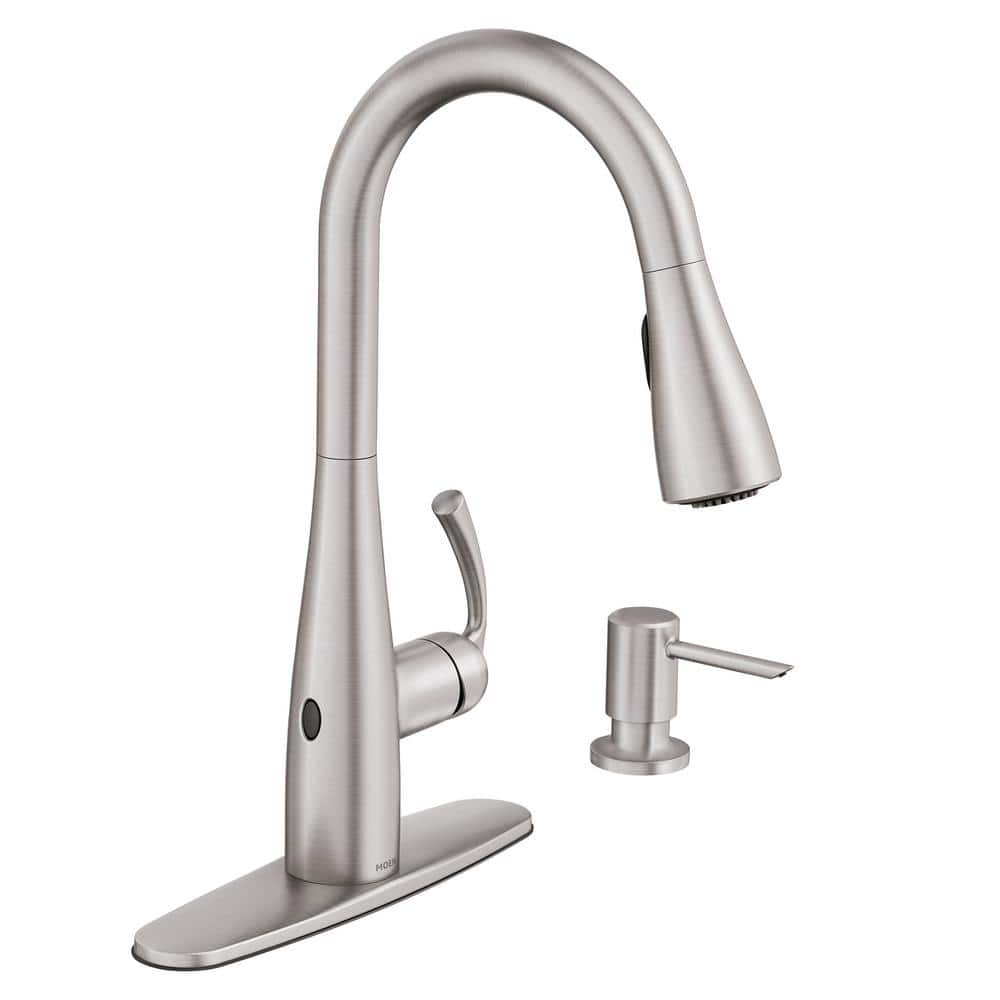
Retirement is the perfect time to make life easier, more comfortable, and a little more enjoyable. Home Depot has plenty of smart finds that can help with that, whether it’s organizing the garage, upgrading the kitchen, or even just making everyday tasks simpler. Read More.
10 Must-Have German Week Finds at Aldi for Under $5
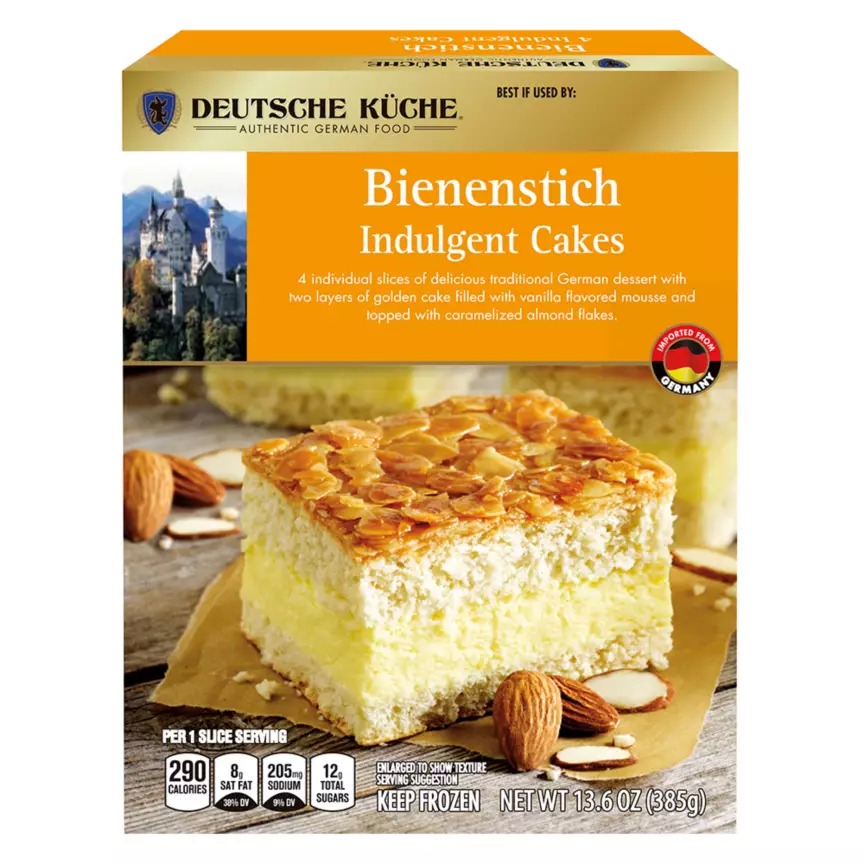
Aldi’s German Week is back, and it’s packed with crowd-favorite treats that don’t break the bank. From buttery cakes to savory spaetzle, this limited-time lineup brings a taste of Germany straight to your kitchen. Read More.
Top 8 High-Protein Snacks You Can Find at Trader Joe’s
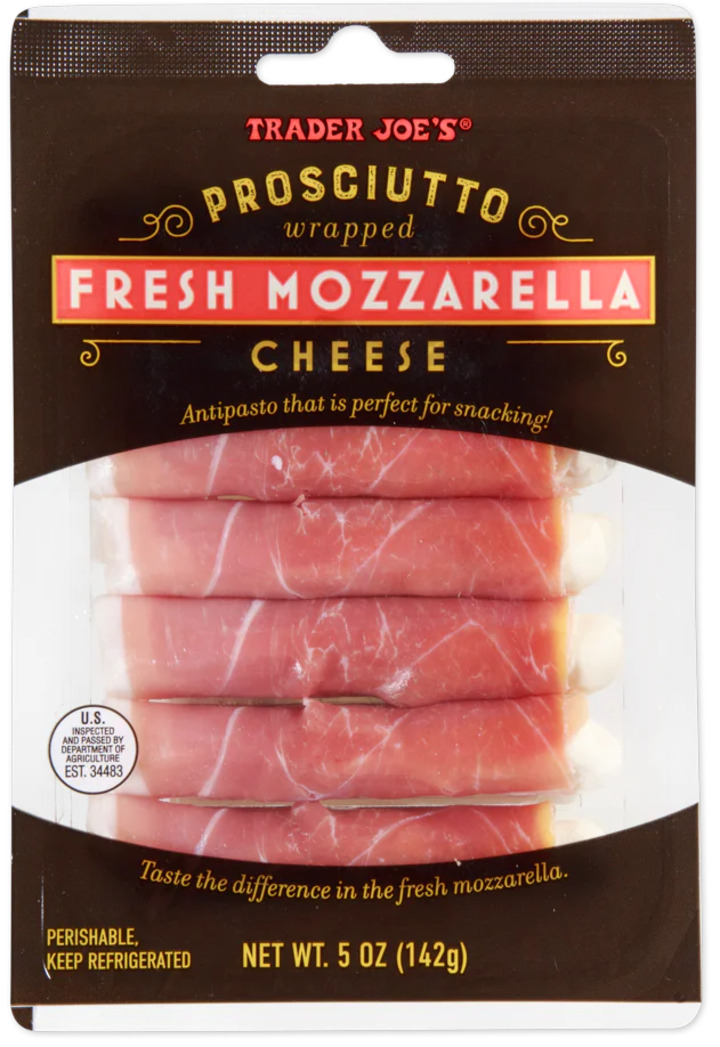
Trader Joe’s has a solid lineup of snacks that taste good and help you stay full. If you are trying to get more protein in your day, there are plenty of easy grab-and-go options on their shelves. Read More.

